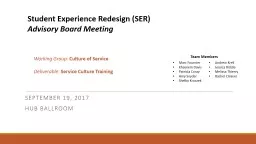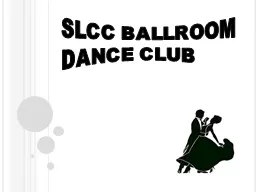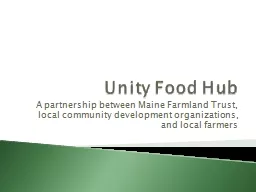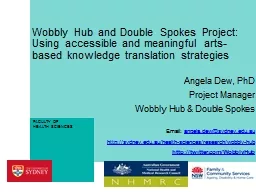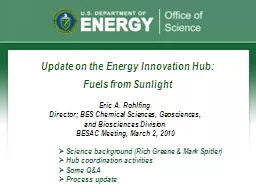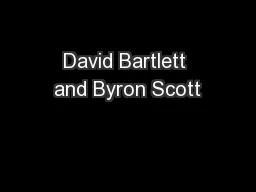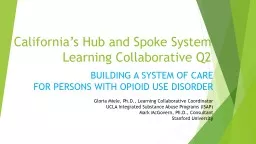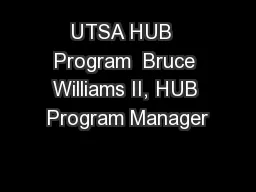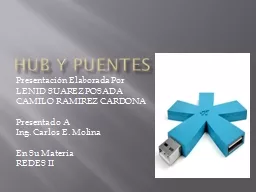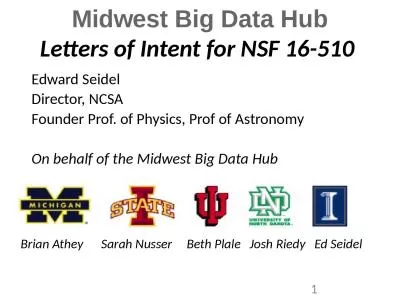PPT-September 19, 2017 Hub ballroom
Author : celsa-spraggs | Published Date : 2019-02-19
Student Experience Redesign SER Advisory Board Meeting Working Group Culture of Service Deliverable Service Culture Training Team Members Marc Fournier Khaseem
Presentation Embed Code
Download Presentation
Download Presentation The PPT/PDF document "September 19, 2017 Hub ballroom" is the property of its rightful owner. Permission is granted to download and print the materials on this website for personal, non-commercial use only, and to display it on your personal computer provided you do not modify the materials and that you retain all copyright notices contained in the materials. By downloading content from our website, you accept the terms of this agreement.
September 19, 2017 Hub ballroom: Transcript
Download Rules Of Document
"September 19, 2017 Hub ballroom"The content belongs to its owner. You may download and print it for personal use, without modification, and keep all copyright notices. By downloading, you agree to these terms.
Related Documents

